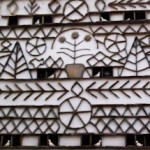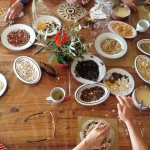Introduction to Doll Making
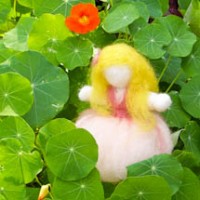
The art of creating a doll, or a personified figurine, is both magical and charming. It has been, for centuries, a mysterious act connected to both black and white magic.
Doll making history
Historically, dolls were made for a number of reasons – the first being for religious purposes. Other reasons dolls were made were of education and entertainment reasons.
While some traditions did not separate between dolls that were used in sacred rituals from dolls that were used for children’s play, others did so, since they found certain dolls too powerful for games. In many traditions, dolls were passed down the generations, usually handed down from mother to daughter.

Traditional Natural Materials
An inspiring variety of natural materials were traditionally used to make dolls. These include: wood, clay, ivory, wool, shells, seeds, cotton and leather. Other materials include: bones – a common material used to make Native American dolls for children – and plants, which are used in various different cultures worldwide. One example is the traditional ‘Shola-Pith’ Indian dolls
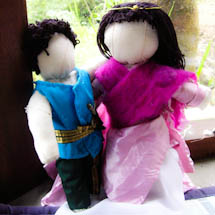 (the word shola means ‘forest’ in Tamil, the language of Tamil-Nadu the southernmost state of India – where we live). These dolls are created with the use of wild hibiscus plants.
(the word shola means ‘forest’ in Tamil, the language of Tamil-Nadu the southernmost state of India – where we live). These dolls are created with the use of wild hibiscus plants.
Different places in the world used various stones to make dolls. A unique example of this tradition is the dolls made in tribes of Alaska, which use the local rock by the name of Soapstone. The dolls are also appropriately dressed in fur.
Food items are also common materials used to make dolls, such examples are the Apple-headed dolls, as well as the corn dolls, from the Native American culture, and, of course, the modern and popular ‘Gingerbread Man’ (dating back to the 15th).
Wax dolls were also made traditionally worldwide; wax is also in popular use in doll making nowadays, in wax doll museums and displays, as well as in Anthroposophical kindergartens and schools. Other, more modern, materials used to make dolls are: cloth, metal, ‘Paper-Mache’ and even glass.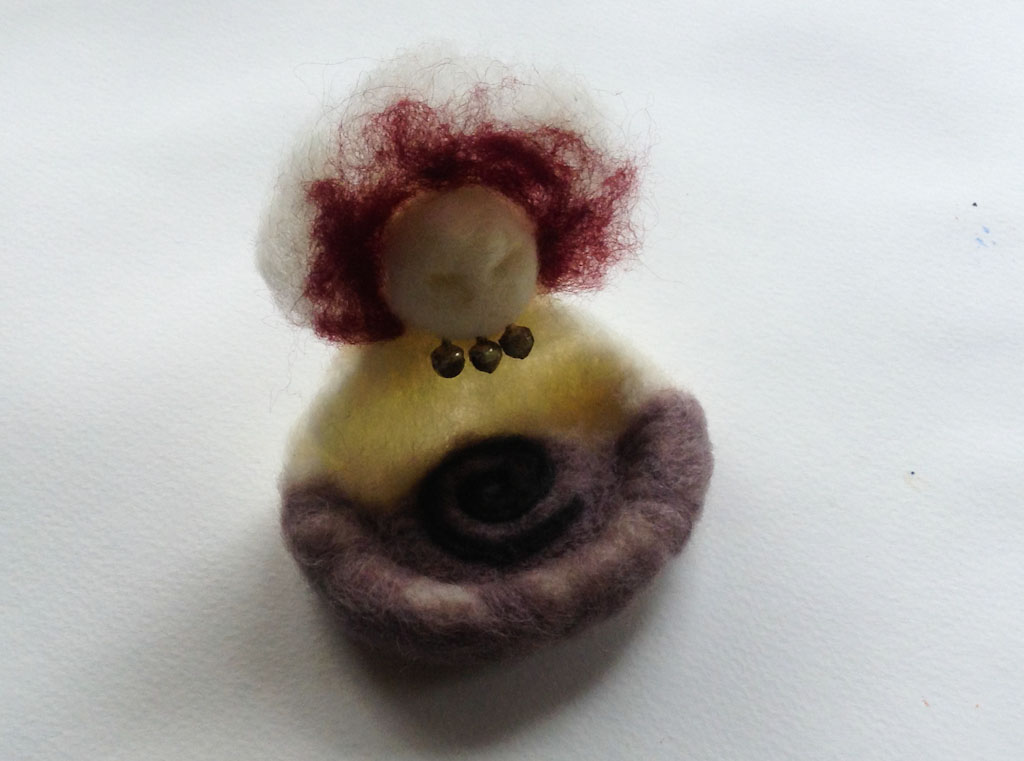
Some of the earliest known dolls were from the ancient cultures of Egypt, Greece and Rome. Such dolls, over 4000 years old, were found in Egyptian tombs. Similarly, Greek and Roman dolls were found in children’s graves.
Modern Dolls
While traditional dolls reflect beauty, depth and cultural morals, radiating magic, many of the modern dolls we see around us these days, in homes and shops, are made industrially made, they are created with the use of artificial materials – mainly plastic, and they reflect a sick society that is intoxicated by shallow values and perverted sexuality.
Dolls can be seen as the children of a culture, mirroring the society’s essential values and nativity.
Let us return to make dolls with our hands and hearts, with materials that are inspiring and alive; dolls for ourselves and for others, for children and for adults, dolls that symbolize purity, innocence and sweetness; dolls that inspire us, support us, shining forth courage and charm. By creating dolls of beauty and magic, we fill our world, our life and ourselves, with love, joy and delight.
Images from Meditative Art school retreats.







